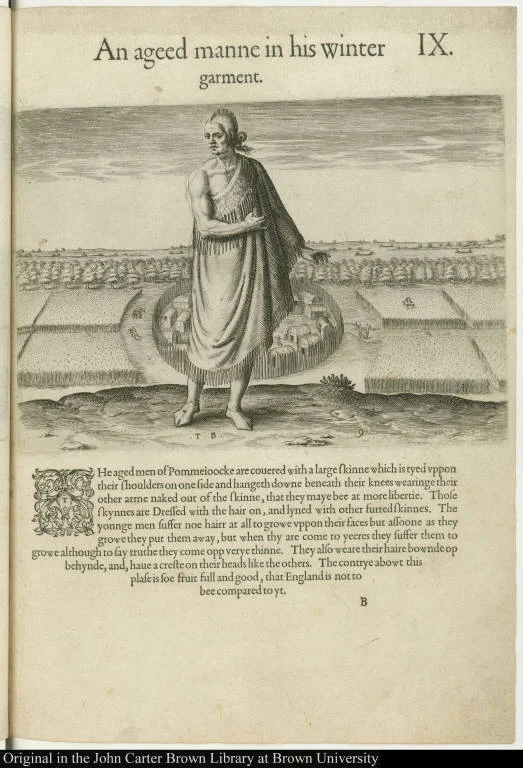Introduction
Mediation: The Encyclopedia and Homogeneity
Nova plantarum, animalium et mineralium Mexicanorum historia
1651
-
 p. 114
p. 114In his entry on the tree Ytziperequa, Hernández remarked that it is “slightly larger than the peach... with leaves like the lemon... more pleasant to taste than bay leaves, with a seed resembling coriander." All of these plants either grew in Europe or were well-known to elite Spaniards like Hernández through trade networks with Asia and the Middle East. He wrote that “it should be classified among the laurels,” which he did by giving the tree the Latin name Laurus Michuacanensis, or the Michoacán laurel. He then described its medical uses, noting that the leaves are “hot in the third degree and very astringent,” a description based not in Indigenous Mexican understandings of this plant but in European humoral theory. Despite noting that the Ytziperequa grows in Tancítaro and throughout Michoacán, nowhere did Hernández take the tree on its own, or on Native Mexican terms. He obscured the original holders of this knowledge and any significance this plant may have had to the people of Michoacán.
-
 p. 16
p. 16Nardo Antonio Recchi, the Italian man of science who edited Francisco Hernández's manuscripts for print publication, organized them into ten books: 1-8 on plants, 9 on animals, and 10 on rocks and minerals. In doing this, he almost certainly altered Hernández's original manuscript organization (if there was any – the manuscripts themselves are no longer extant). While this system may be logical and make it easier to access information, it also is only one way to organize natural knowledge, and was a distinctly European one. How Nahuatl-speaking Native Mexican groups may have recorded and organized this knowlege is not evident in this system, despite their contributions that made this book possible.
An ageed manne in his winter garment.
1492-1600
-
 p. 1
p. 1This description of “an ageed manne in his winter garment” explains that Algonquian men were “covered with a large skinne” that was “Dressed with the hair on, and lyned with other furred skinnes.” Harriot does not provide any information about the acquisition or preparation of these animal hides, nor even what kind of hides they were, masking an Indigenous practice in his attempt to provide an "objective" description of it. The accompanying image may be of a specific Algonquian man, or he may be a generalized depiction. He remains unidentified and nameless.
[Planche VIII. pag. 174 [sic]. Cette planche divisée en deux sujets, fai...
1701-1750
-
 p. 1
p. 1The top half of this print contrasts a depiction of a Marcomannic warrior (an ancient Germanic tribe conquered by the Romans) with a depiction of a Native American warrior from an edition of Samuel Champlain's Des sauvages (first published 1604). In placing these two figures next to one another, Lafitau likens the Algoquin man's wooden armor and spear-like weapon to that of the Marcomanni. By arguing that Algonquin practices mirror ancient Germanic ones, Lafitau masks the Algoquin natural knowledge that must have come with the creation of these wooden articles of war.
Discordance: Memory and Time
L'anno Messicano. il Mese Messicano.
1751-1800
-
 p. 1
p. 1This image depicts Clavigero's understanding of the Aztec calendar. It is unclear if he developed the image himself or if a version of it was given to him by Native Mexicans. He wrote that their “system of the distribution of time was extremely well digested, though at first view it appears rather intricate and perplexed.” He acknowledged, then, that Aztec timekeeping was an organized and intentional system, though his lack of elaboration in the text and lack of obvious annotation of the image suggests that he did not, or perhaps could not, understand the system well himself.
Conclusion
Bibliography
Editorial Note
Project Creator(s)
- Michal Loren
- Rachel Moss
- Emily Monty
- The John Carter Brown Library




